Growing potatoes
Growing potatoes is one of the most satisfying of all vegetable gardening adventures. Furthermore, potatoes are an excellent crop for new or neglected gardens as the root system breaks up the soil and improves its structure. There are few soils in which potatoes won’t grow reasonably well and the sequence below shows how simple the process can be. You do need to do a bit of preparation in getting your seed potatoes ready for planting, and because there are many varieties to choose from, always pay particular attention to the supplier’s guidelines on when exactly to plant. The sequence below shows the main processes and  considerations for growing potatoes in your garden.
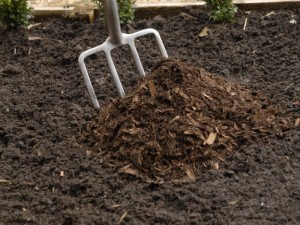 |
1. Prepare the soil by digging plenty of organic matter into open, frost-free ground, ideally to a depth of 60cm. |
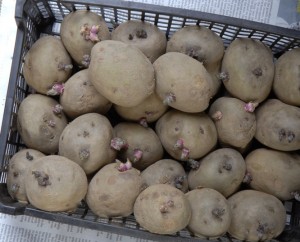 |
2. In a light but not sunny room, set out your seed potatoes, eyes uppermost, in trays or egg boxes to chit (sprout). In six weeks they will develop 2cm sprouts. |
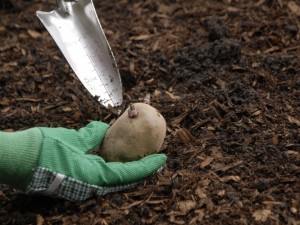 |
3. Plant seed potatoes upright, with shoots at the top, 30cm apart with 60cm between rows, 15cm deep. Take care not to damage the fragile shoots. |
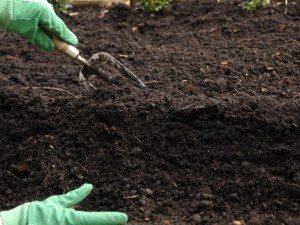 |
4. Potatoes need constant ‘earthing up’ to protect them from late frost and prevent tubers that are too near to the surface turning green and toxic. |
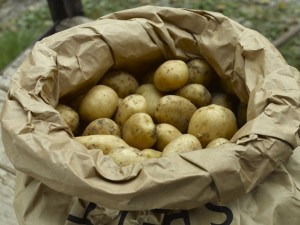 |
5. As an alternative, and for easier harvesting, you can earth up with straw. Potatoes are ready to dig up when they are the size of a hen’s egg, although optimum size will depend on your particular variety. |
Potato growing tips
- Earthing up should start when the first shoots of a plant breaks the soil surface. Over the following weeks, continue earthing up at regular intervals. You’ll end up with ridges of around 15-20cm high.
- Potatoes are best planted in early spring, so remember to begin chitting 6 weeks prior to your sowing time.
- Store your potatoes in paper sacks and not plastic.
- If you don’t think you have room for growing potatoes in your garden, consider growing them in pots, tubs, sacks, or even dustbins. You just need to make a few adjustments to the above technique such as making sure that the container drains well and doesn’t become waterlogged.
